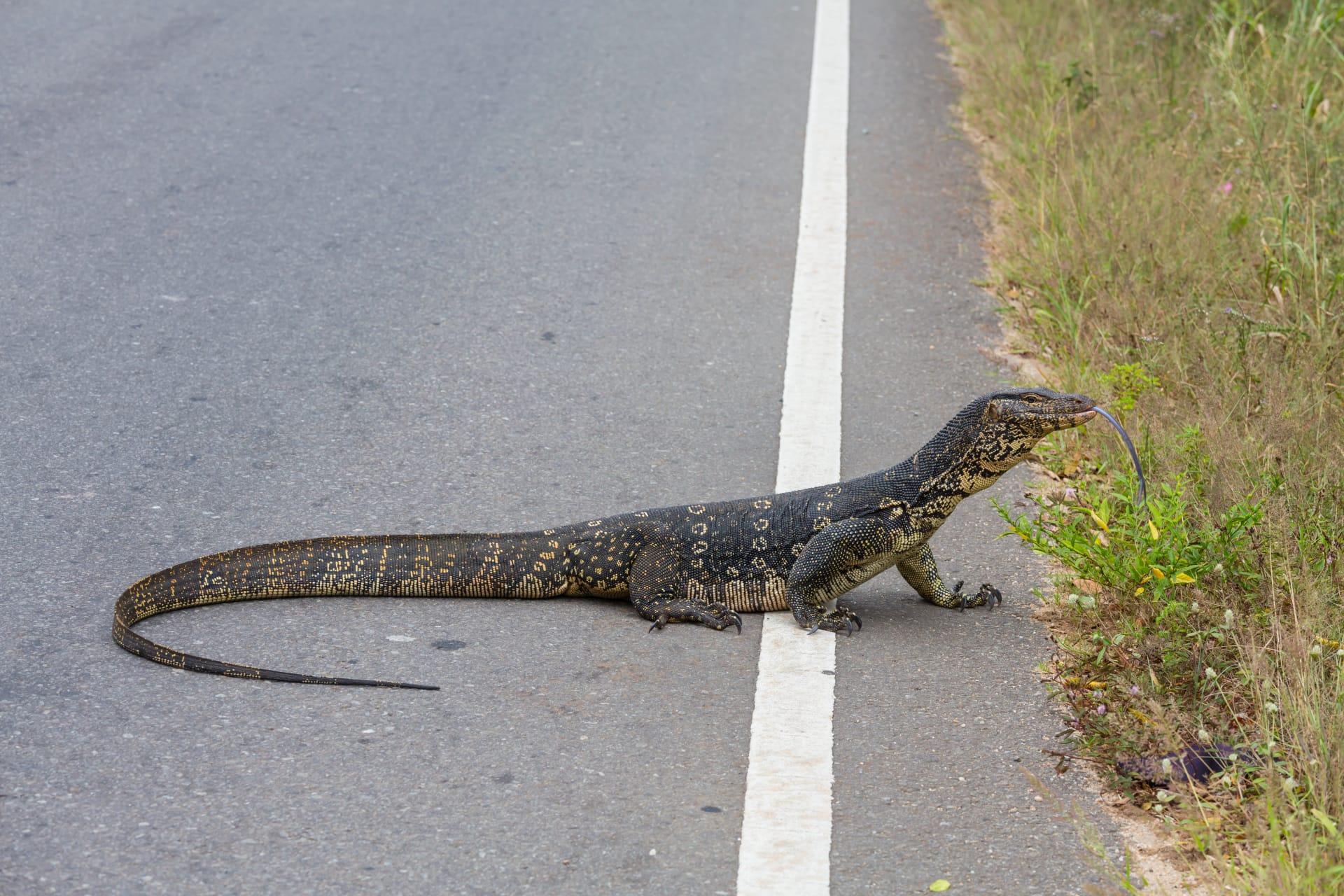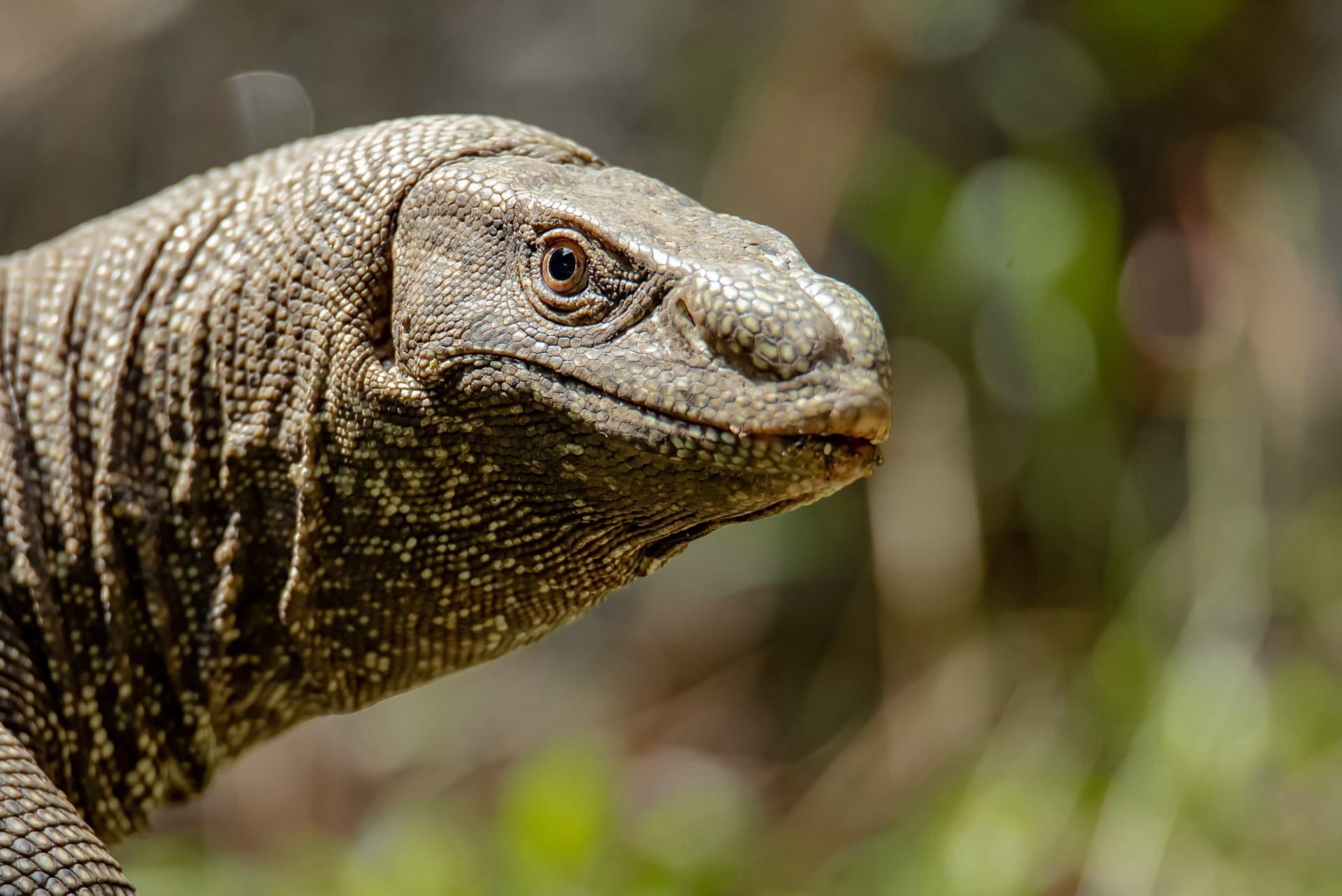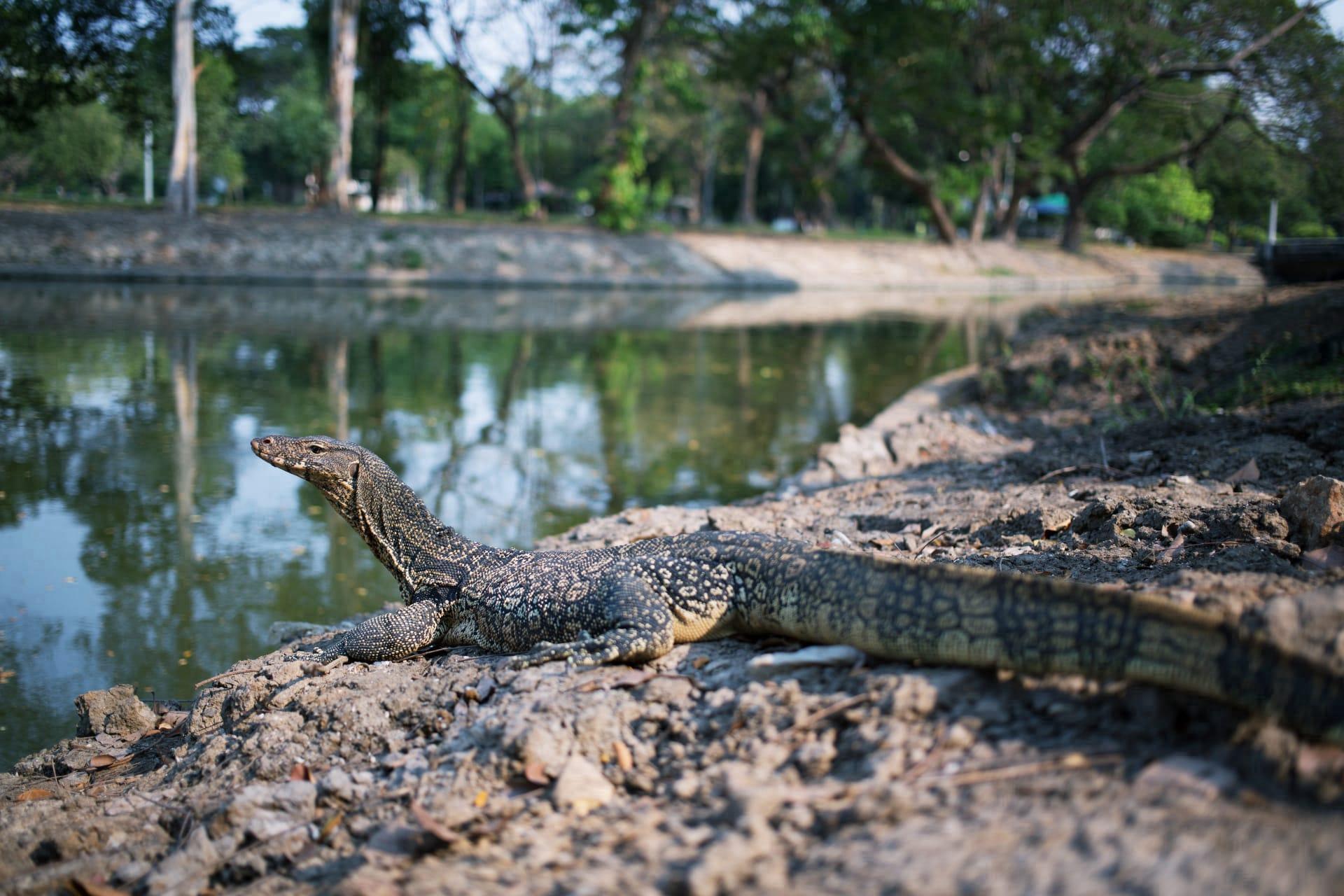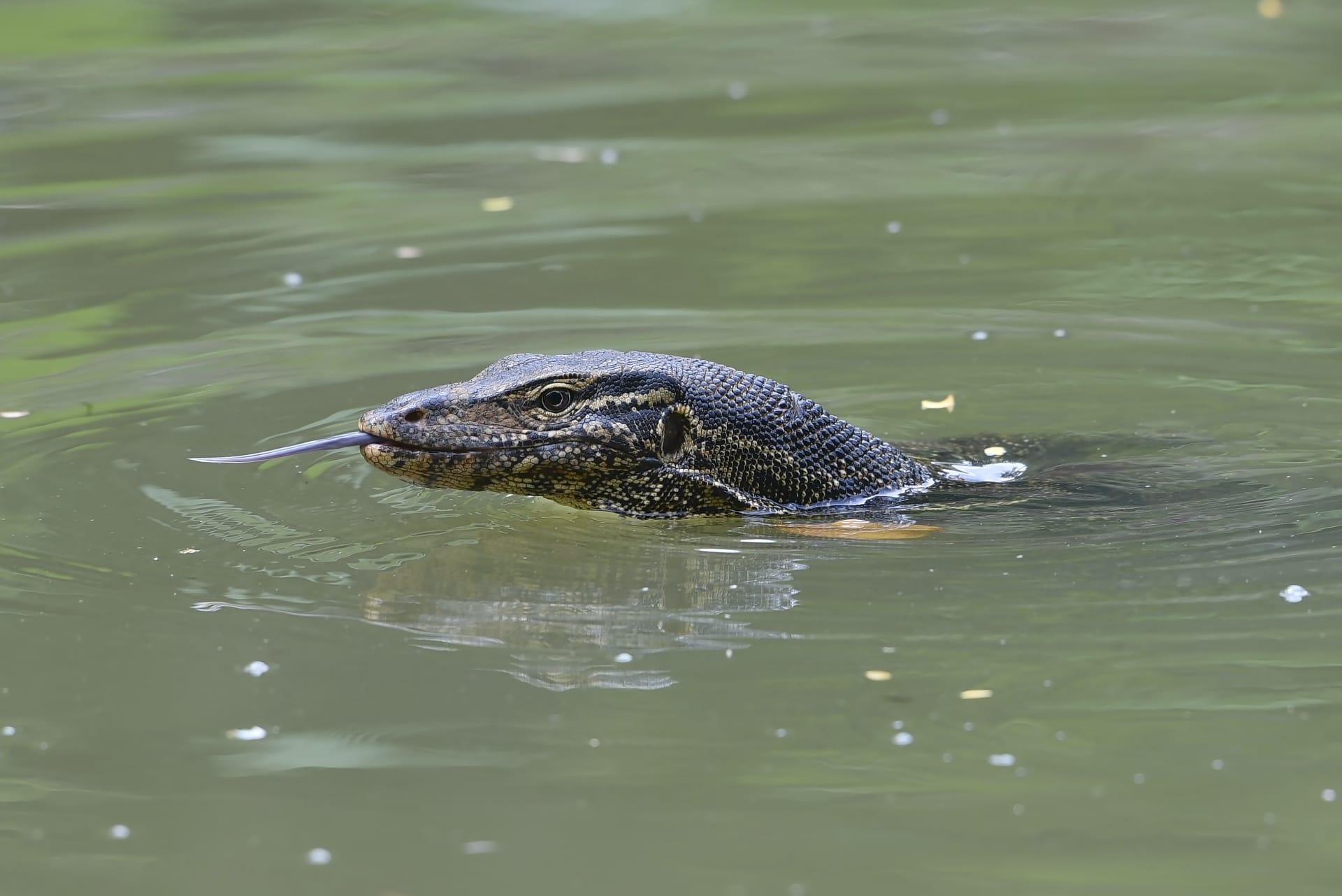1
Monitor lizards, a group known for their impressive size and predatory skills, are a remarkable example of reptilian diversity. One of the most fascinating facts about these creatures is their size variation. The smallest species, the short-tailed monitor, measures just about 20 centimeters (8 inches) in length, whereas the largest, the Komodo dragon, can reach up to 3 meters (10 feet) and weigh over 70 kilograms (154 pounds). This stark difference illustrates the incredible adaptability and evolutionary success of monitor lizards across different habitats.
Another intriguing aspect of monitor lizards is their intelligence. Compared to other reptiles, they exhibit higher levels of cognitive function. This intelligence is displayed through their hunting strategies. They are known to recognize and remember locations with abundant food sources and even use problem-solving skills to access food. For instance, some monitor lizards have been observed using their limbs to manipulate objects or reach food, showcasing a level of understanding and interaction with their environment that is quite rare among reptiles.

2
Monitor lizards have a unique hunting method that sets them apart from many other reptiles: they are active foragers. Unlike the typical 'sit-and-wait' strategy employed by many reptiles, monitor lizards actively search for their prey. They rely on their keen sense of smell, using their long, forked tongues to pick up scent particles from the air. This method allows them to track down prey over considerable distances, making them effective hunters in various environments, from dense forests to arid deserts.
Their diet is as diverse as their habitats. Monitor lizards are not picky eaters; they consume a wide range of food items depending on what's available. This can include insects, fish, birds, smaller reptiles, and even larger mammals. In some cases, they are also known to be scavengers, feeding on carrion. This dietary flexibility is key to their survival in different ecosystems, enabling them to thrive in a variety of conditions and geographical locations.

3
Besides their hunting prowess, monitor lizards have another remarkable trait: their swimming ability. Many species are excellent swimmers and are often found near water bodies. They can swim using lateral undulation, where they move their bodies in a sinuous, wave-like motion. This ability not only helps them hunt aquatic prey but also aids in escaping predators and traveling between islands or across rivers. For instance, the Komodo dragon, despite its massive size, is a proficient swimmer and has been known to swim across significant stretches of open water.
Monitor lizards also display a fascinating behavior known as 'tripoding.' They often stand on their hind legs and tail to get a better view of their surroundings. This behavior is not just for surveillance; it also plays a role in thermoregulation. By elevating their bodies, they expose more surface area to the sun, helping them to warm up more quickly. This ability to regulate their body temperature is crucial for their survival, as it allows them to be active hunters and efficient in their movements.

4
One of the less known but equally fascinating aspects of monitor lizards is their reproductive strategy. Many species lay eggs, but what's intriguing is the extent of maternal care some exhibit. For example, the lace monitor in Australia digs a burrow or finds a termite mound to lay her eggs. After laying the eggs, she will often return to guard the nest site. This level of parental investment is quite unusual among reptiles and indicates a more complex social behavior than previously thought.
Furthermore, the incubation period for monitor lizard eggs can be remarkably long. For instance, the eggs of the Komodo dragon have an incubation period of about seven to eight months, one of the longest among reptiles. During this time, the mother dragon may guard the nest against predators, showing a level of care that is rare among large reptiles. This extended incubation period allows the embryos to develop fully, resulting in more robust and well-developed hatchlings.

5
Monitor lizards are not just fascinating in their biology and behavior; they also hold cultural significance in many parts of the world. In some cultures, they are revered and considered totemic animals. For example, in parts of Indonesia, the Komodo dragon is seen as a symbol of power and protection. In other regions, they are featured in folklore and myths, often representing strength and cunning.
Lastly, monitor lizards play a crucial role in their ecosystems as apex predators and scavengers. By controlling the population of smaller animals and cleaning up carrion, they help maintain a balance in the food chain. This ecological role is vital for the health of their habitats. Unfortunately, many species face threats from habitat loss and hunting, highlighting the importance of conservation efforts to ensure these remarkable creatures continue to thrive in the wild.